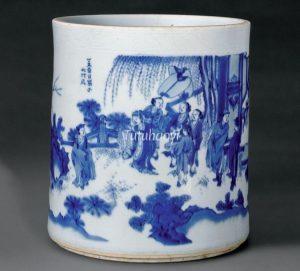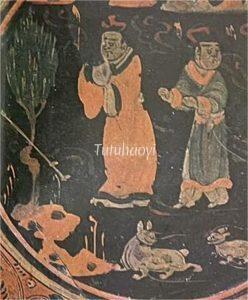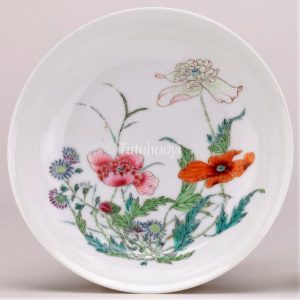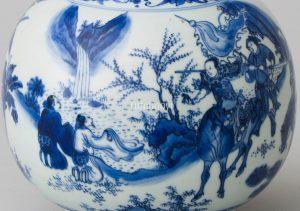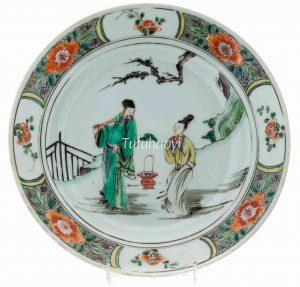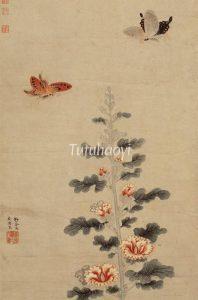Showing Results Containing
Through analysing a famous theme that depicts Bo Yi and Shu Qi Stopping the Zhou Army, Dr Yibin Ni has compared a number of porcelain vessels from Ming and Qing dynasties, and demonstrated his unique insight which can facilitate the correct dating...
According to Records of the Grand Historian (Shiji 史记, Biography of Fan Sui and Cai Ze), during the Warring States period, Fan Sui once served under Xu Jia, a senior official of the State of Wei. On a diplomatic mission to the State of Qi, Fan Sui received gifts from the King of Qi. Xu Jia, suspecting h...
Ji Zha (季札, 576 BCE – 485 BCE) was the youngest son of King Shoumeng of Wu during the Spring and Autumn Period. According to Records of the Grand Historian: The House of Wu Taibo, Ji Zha was enfeoffed in Yanling (present-day Changzhou, Jiangsu), which is why he was also known as Yanling Jizi (延陵季子).
Durin...
The flower of the annual herbaceous species Papaver rhoeas has many different names in the West, such as common poppy, corn poppy, corn rose, field poppy, Flanders poppy, and red poppy. One of its names in China is yumeiren (虞美人), literally meaning ‘Yu the Beauty’. It was named after Yu Ji (虞姬), Consort...
Bo Yi (or Boyi, 伯夷) and Shu Qi (or Shuqi, 叔齐) were sons of the ruler of Guzhu (孤竹), a vassal state of the Shang dynasty (商朝, 16th-11th cent. BCE). As the king was getting old, he wanted Shu Qi, his youngest son, to inherit his throne. However, when the father died, Shu Qi asked Bo Yi to take over th...
Qiuhu (秋胡), a native of the state of Lu during the Spring and Autumn period (770-476 BCE), was ordered to take up an official post in the state of Chen a scant five days after his marriage to Jiefu (洁妇), the ‘Loyal Wife’. Five years later, on his way back home, he encountered a woman by the roadside picking mulberry leav...
The primary symbolic meaning of the hollyhock (shu kui 蜀葵) is the good wish for longevity. The secondary implication is based on the perennially sun-facing nature of the hollyhock. In the old days, people compared their emperor or statesman to the sun and themselves to the hollyhock, implying that they would alw...

